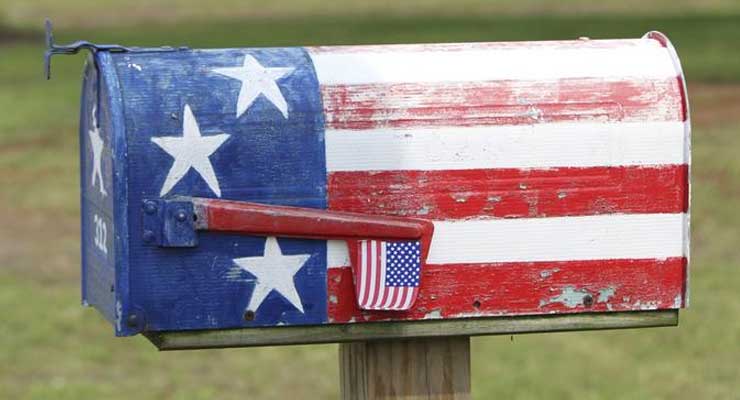 Online voter registration, absentee voting, and early voting are some policies that clearly are shown to ease voting. This really interesting article detailing the history of absentee voting in the US is from FiveThirtyEight by Nathaniel Rakich and Jasmine Mithani. Here are some lines:
Online voter registration, absentee voting, and early voting are some policies that clearly are shown to ease voting. This really interesting article detailing the history of absentee voting in the US is from FiveThirtyEight by Nathaniel Rakich and Jasmine Mithani. Here are some lines:
We may have seen it coming, but now we know for sure: The coronavirus pandemic made the 2020 election look different from any other election in recent memory. Due to the massive expansion of mail voting, a staggering number of Americans cast their ballots before Election Day. And due to then-President Donald Trump’s false claims that mail voting would lead to election fraud, a huge partisan gap emerged between ballots cast by mail and ballots cast on Election Day.
First, the share of voters casting mail ballots far exceeded that of any other recent national election, and the share of voters who reported going to a polling place on Election Day dropped to its lowest point in at least 30 years. According to preliminary findings from the 2020 Survey on the Performance of American Elections, a poll of 18,200 registered voters run by MIT political scientist Charles Stewart III, 46 percent of 2020 voters voted by mail or absentee — up from 21 percent in 2016, which at the time was considered high. Only 28 percent of people reported voting on Election Day — less than half of the 60 percent who did so in 2016. In-person early voting also reached a modern high (26 percent), although the change from 2016 (when it was 19 percent) was less dramatic.
The shifts took place all across the country, too. According to the SPAE, 47 states and the District of Columbia saw their rates of mail voting rise from 2016 to 2020. The only exceptions were the three states that have held predominantly mail elections for years: Colorado, Oregon and Washington. And, perhaps unsurprisingly, the biggest spikes in mail voting occurred in places that went the furthest to encourage mail voting (i.e., those that automatically sent every registered voter a ballot), especially those with little history of mail voting prior to 2020. These include New Jersey (where only 7 percent of voters voted by mail in 2016, but 86 percent did so in 2020), the District of Columbia (12 percent in 2016 versus 70 percent in 2020) and Vermont (17 percent in 2016 versus 72 percent in 2020).
Read the full article here. Also see related Democracy Chronicles articles like those on Voter Access, Election History, or even seen our section on American Democracy.
Leave a Reply